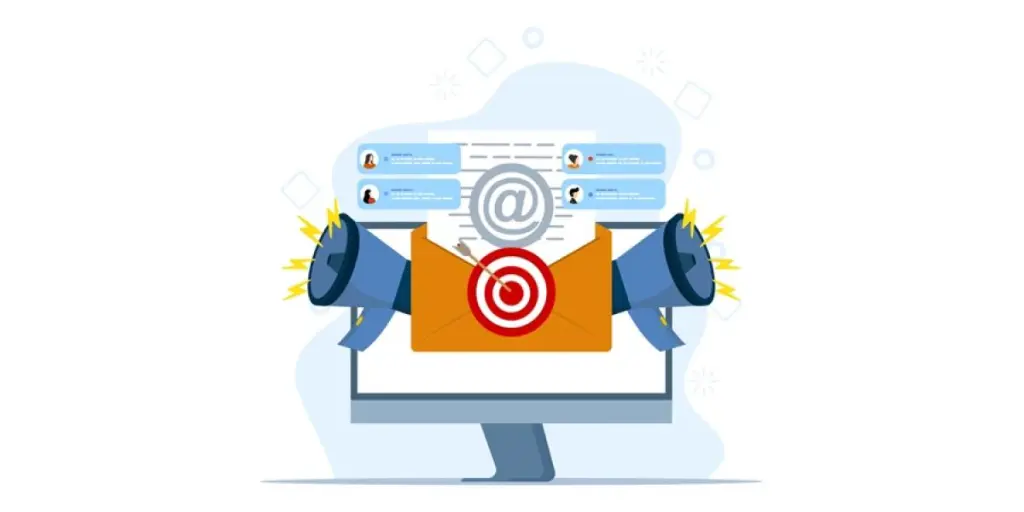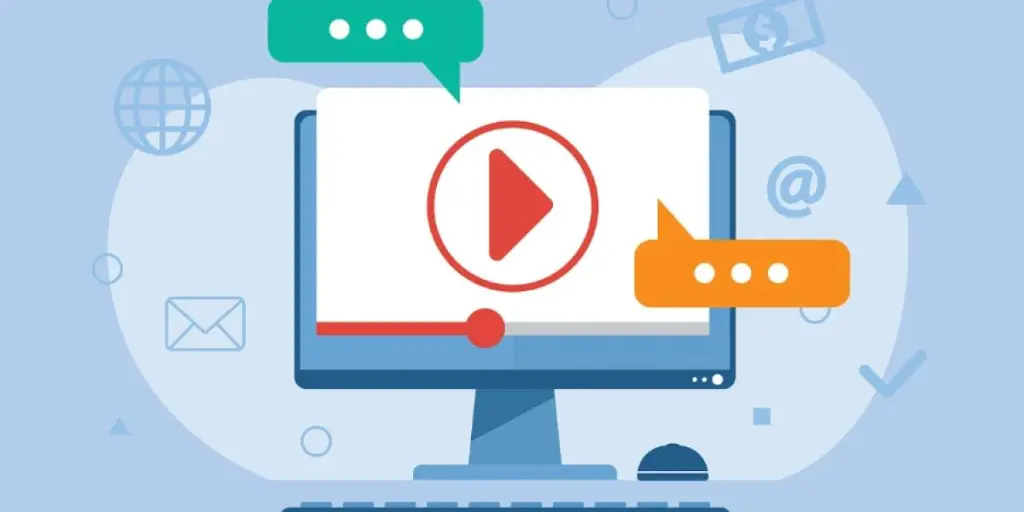“Email branding is only about visuals.” This is one of the most common misconceptions about email marketing.
While visuals are undeniably important in brand emails, effective email branding is about expressing and reinforcing a brand’s unique personality and values—and it can take place in multiple ways.
Branding allows you to build a deeper and lasting connection with your audience, which is essential to driving loyalty and increasing revenue in today’s competitive digital marketing landscape.
In this article, we’ll explore the concept of email branding, its benefits, and how you can use it to boost your email marketing efforts.
What is email branding?
Email branding is creating a consistent and recognizable brand identity in your company emails. It includes making sure that your emails align with your other branding methods across multiple platforms.
This involves incorporating your company’s visual and textual elements in your emails, such as:
- Colors
- Design
- Images
- Fonts
- Logo
- Tone
How is email branding different from standard email marketing? Email branding focuses on aligning your emails with your brand’s identity and voice. Meanwhile, the primary focus of standard email marketing is to build relationships and make sales.
Here is one of the best branding email examples, from Absolut Vodka. Notice the consistency in the colors, typography, and type of imagery used across the three email campaigns:
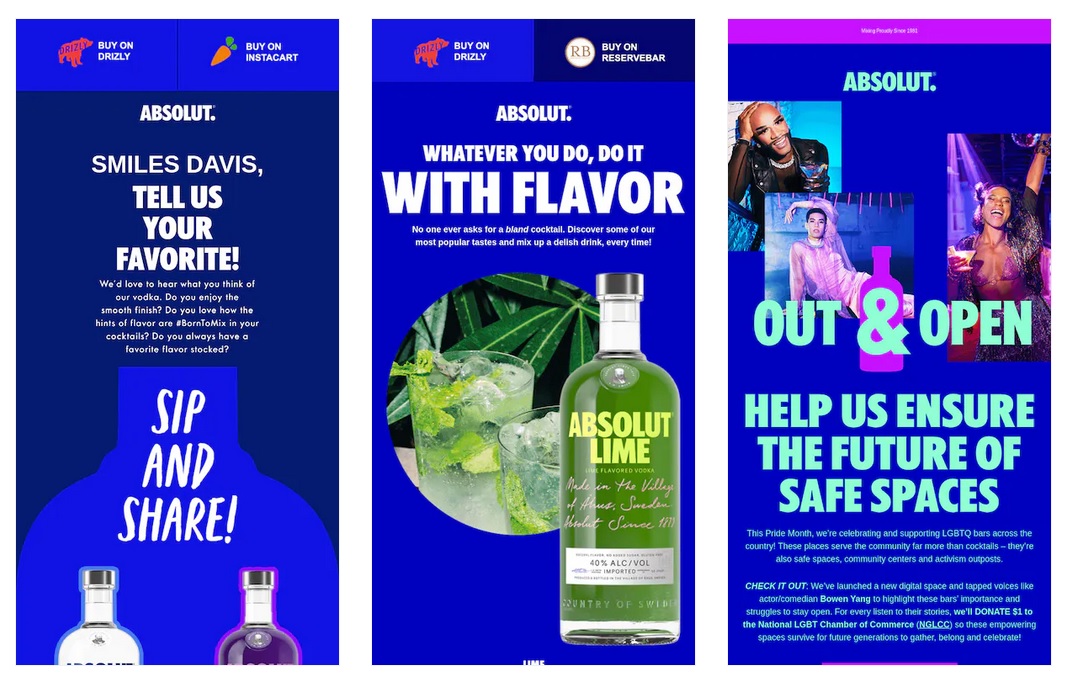
Additionally, the branding elements of the email are consistent with the color scheme, visuals, and typography on its website.
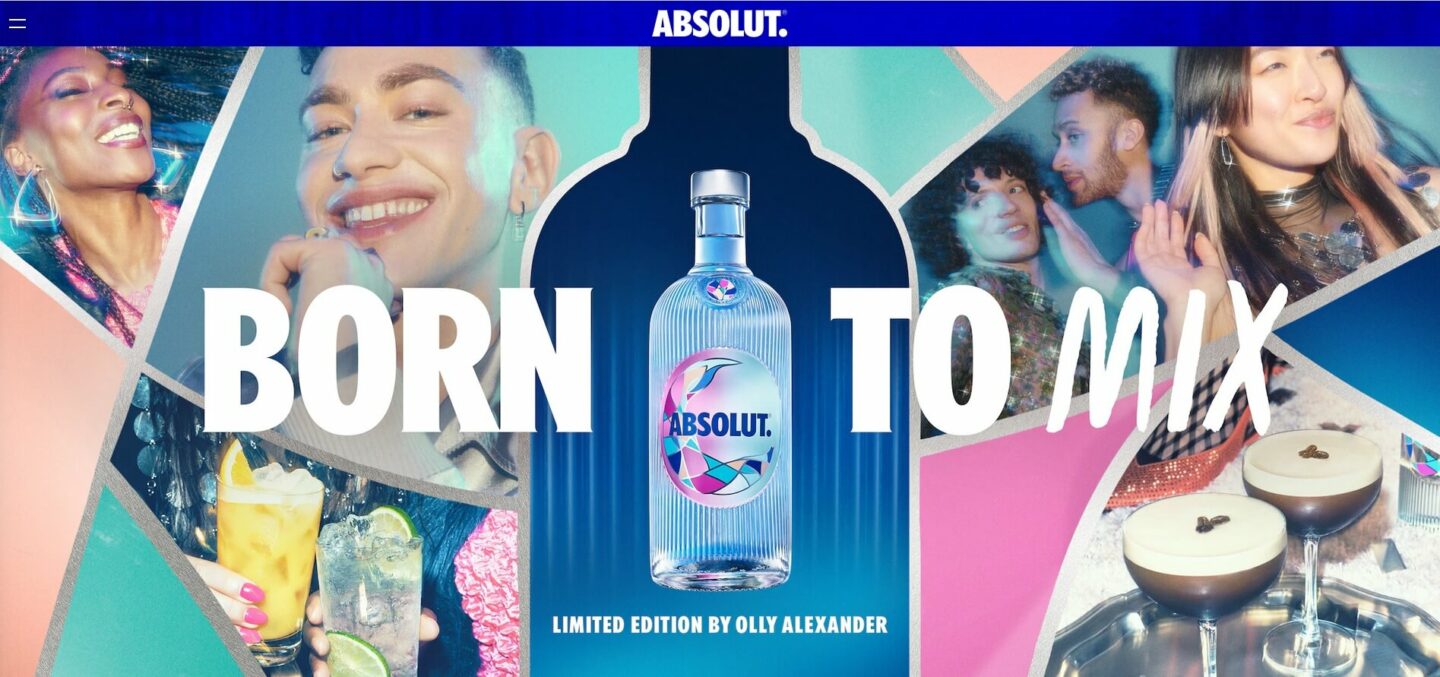
The benefits of email branding
Email branding is a cost-effective way to enhance your marketing efforts.
Statista shows that 67% of marketers believe that even just using email signatures can help them generate more leads. A survey from Marq shows that brand consistency leads to an over 20% revenue growth for 33% of businesses.
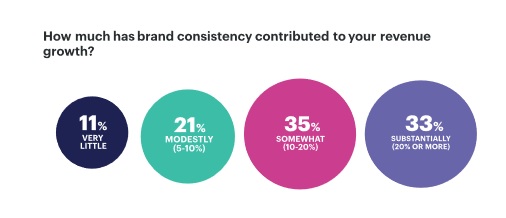
That’s not all.
According to a survey by Statista, the lack of a branded email signature is among the top 3 reasons why consumers don’t engage with a brand.
Additional data shows that a professional signature is among the top 3 reasons consumers trust an email from a company.
Here’s why email branding can be so successful:
- Establishes brand recognition: Showcasing individuality in your branded emails helps subscribers recognize your brand in their crowded inboxes. This leads to increased engagement.
- Fosters trust: Being consistent with your branding makes subscribers more likely to trust your products or services.
- Stamps authenticity: Branded emails convey authenticity and legitimacy. This helps recipients feel more secure about engaging with your emails.
- Enhances overall UX: A well-designed branded email is visually appealing and easy on the eyes, creating a positive user experience that boosts conversions.
8 elements of effective email branding
Let’s look at the major elements that can help establish a consistent, professional, and memorable brand identity in your emails.
1. Logo
Your logo is a major component of your brand identity. Strategically place it at the top of the email to help subscribers easily identify your brand.
Ensure that it stands out against the email’s background color. However, it shouldn’t be so large that it takes up most of the space in the email.
The size and placement of the logo should be uniform across your branded emails.
See how Apple’s iconic logo makes the brand instantly recognizable in these branded emails. The logo’s color is also in contrast to the email background. If the background is black, the logo is white, and vice versa.
The placement is also consistent in both emails:

2. Color scheme
Color psychology shows that colors affect the emotions and behavior of consumers.
Using your brand’s color scheme in your emails strengthens brand recognition. It also helps you build an emotional connection with your subscribers.
You can use the same colors on your website or logo. However, ensure that it’s consistent in all your brand emails.
Check out BarkBox’s branded emails, for instance. The preferred brand color dominates the email body, while the colors used in other elements of the email complement the same shade of blue used in its logo:
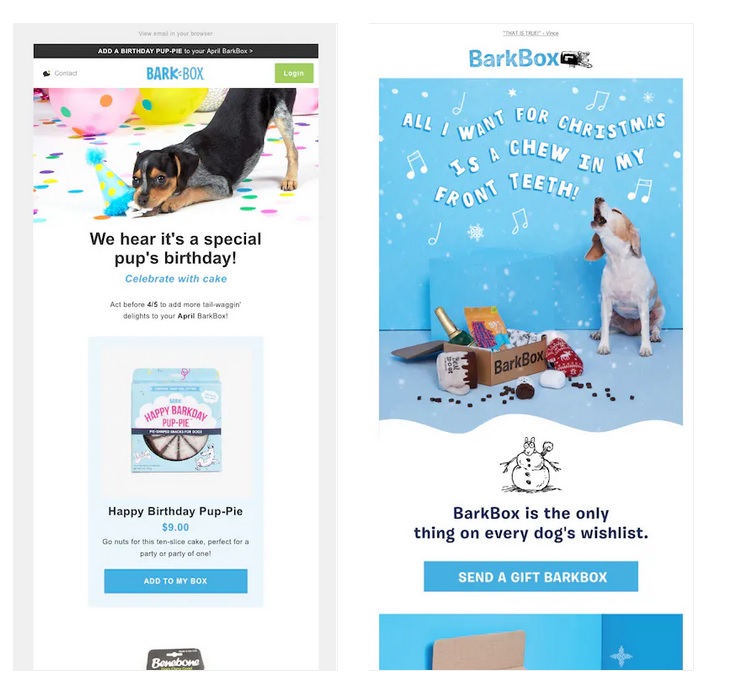
3. Font
Consistency in typography is an essential part of any email branding strategy.
You can experiment with different fonts, as long as they don’t make your emails appear disorganized or distract the reader.
You can use two or three fonts per email, with different fonts for your headings and body text. But be sure to stick to your brand guidelines.
Ideally, your fonts should be the same as those on your website to enhance consistency.
4. Tone of voice
Pay attention to the tone of your branded emails. A subscriber should be able to recognize your distinct voice as they read your subject line and email copy.
Whether your brand’s voice is friendly, formal, conversational, or humorous, maintaining consistency across emails reinforces your brand’s personality. This creates a cohesive and authentic brand image.
Harley-Davidson has a rebellious and confident brand voice that is evident in the tone of this branded email:

5. Images
Images contribute to the visual representation of your brand. Present your email images in a way that aligns with your brand’s style.
This includes:
- The style of photography, such as high-contrast images or lifestyle shots
- The visual tone, such as vibrant visuals or minimalist aesthetic
- The use of custom illustrations
Take this email by Duolingo, for instance.
The visual tone of its brand imagery is playful. It incorporates friendly and animated characters, which is reflected in its email branding campaigns:

6. Subject line
The subject line is your first opportunity to make your brand identity shine. It should be compelling enough for the subscriber to click on your email while still showcasing your brand’s personality, values, and messaging style.
Your brand’s tone should consistently be reflected in your subject lines across all email campaigns.
7. Email layout
Ensure that all your brand emails are aesthetically pleasing, but the design shouldn’t overshadow the purpose of the email.
Use an email builder that will help you stick to your brand’s style while keeping in mind the following email design principles:
- An adequate amount of white space for a clean and well-organized design
- Use of headings and subheadings to visually separate the content
- A branded header that can include the brand’s name and tagline
- Content hierarchy, where you place the most important content above the fold
8. Branded email signature
A branded email signature is a customized block of text appended at the end of an email.
An email signature can include:
- The sender’s name
- A handwritten signature
- Contact information
- Social media links
By including standardized information in your email signatures, you add a touch of professionalism to each branded email.
How to incorporate email branding templates
An email branding template is a pre-designed structure that you can customize to fit your brand identity, message, and objectives.
Email branding templates offer several benefits, such as:
- Making it easy to maintain a consistent look across your emails.
- Providing a pre-designed structure that makes it easier to write emails, thereby boosting efficiency.
- Giving your branded emails a professional appearance, which creates a positive impression on subscribers.
Here’s how to get a branded email template you can use:
- Find a suitable template from Omnisend’s library of email templates
- Buy one from online template marketplaces like ThemeForest
- Access templates from email template builders like Stripo
Be sure to get fully customizable and visually appealing email branding templates. Choose designs that resonate with your brand’s aesthetic.
Here’s an example of one of Omnisend’s modern newsletter templates. It includes an optimally placed CTA and a clear and well-organized layout with a logical hierarchy.
With a few tweaks, it can accurately reflect your brand’s identity.
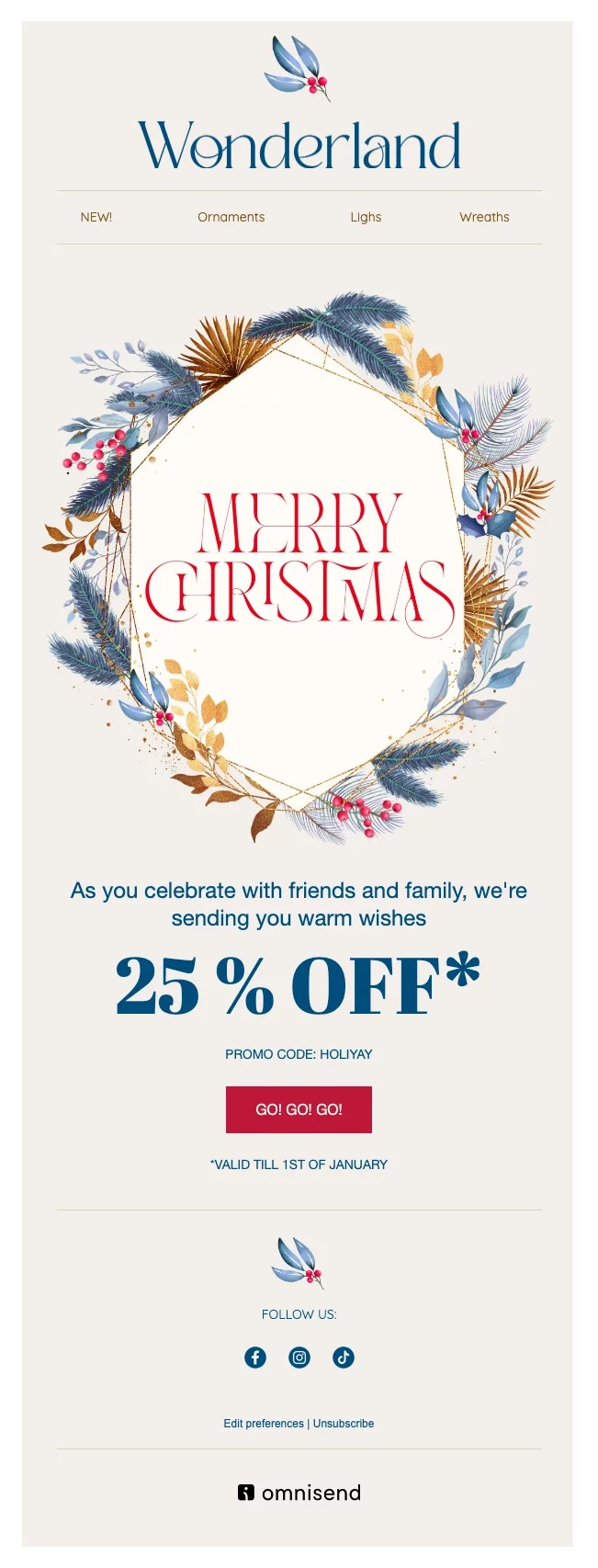
Here’s how to create a branded email template that fits your brand:
- Incorporate your logo and other brand assets.
- Use customer data to personalize your branded emails.
- Pick your templates from a single source to ensure they have a similar style.
- Use A/B tests to test customization elements, such as logo placement.
5 inspiring examples of email branding
Using a branded email template and drawing inspiration from these branding email examples will help your email marketing campaigns.
1. Shu Uemura’s Black Friday sale
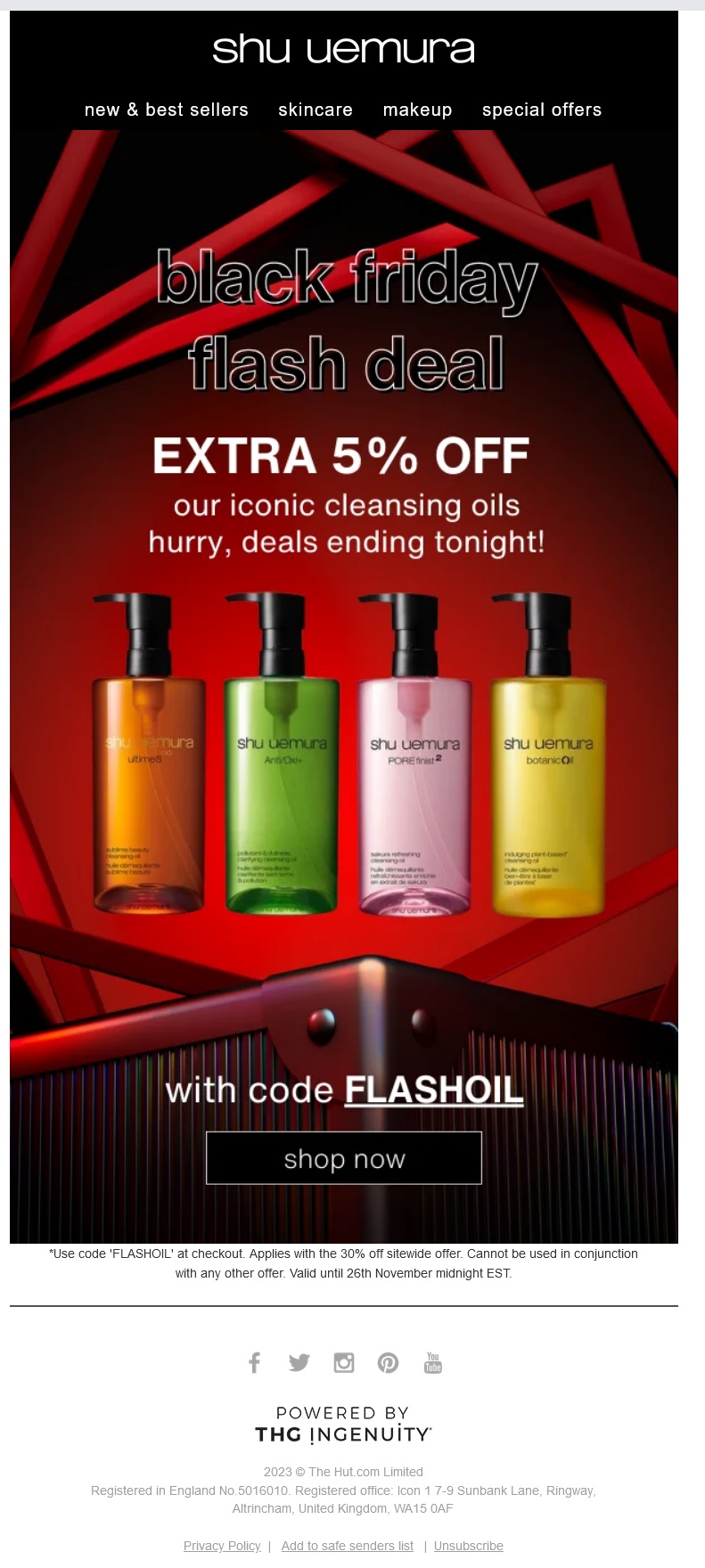
Shu Uemura maintains a consistent color scheme on its website and branded emails, which is red and black.
Notice how the brand’s name is prominently placed at the top of the email with a lowercase font. The brand name is placed in a similar way on Shu Uemura’s website.
2. Marcella NYC’s welcome email
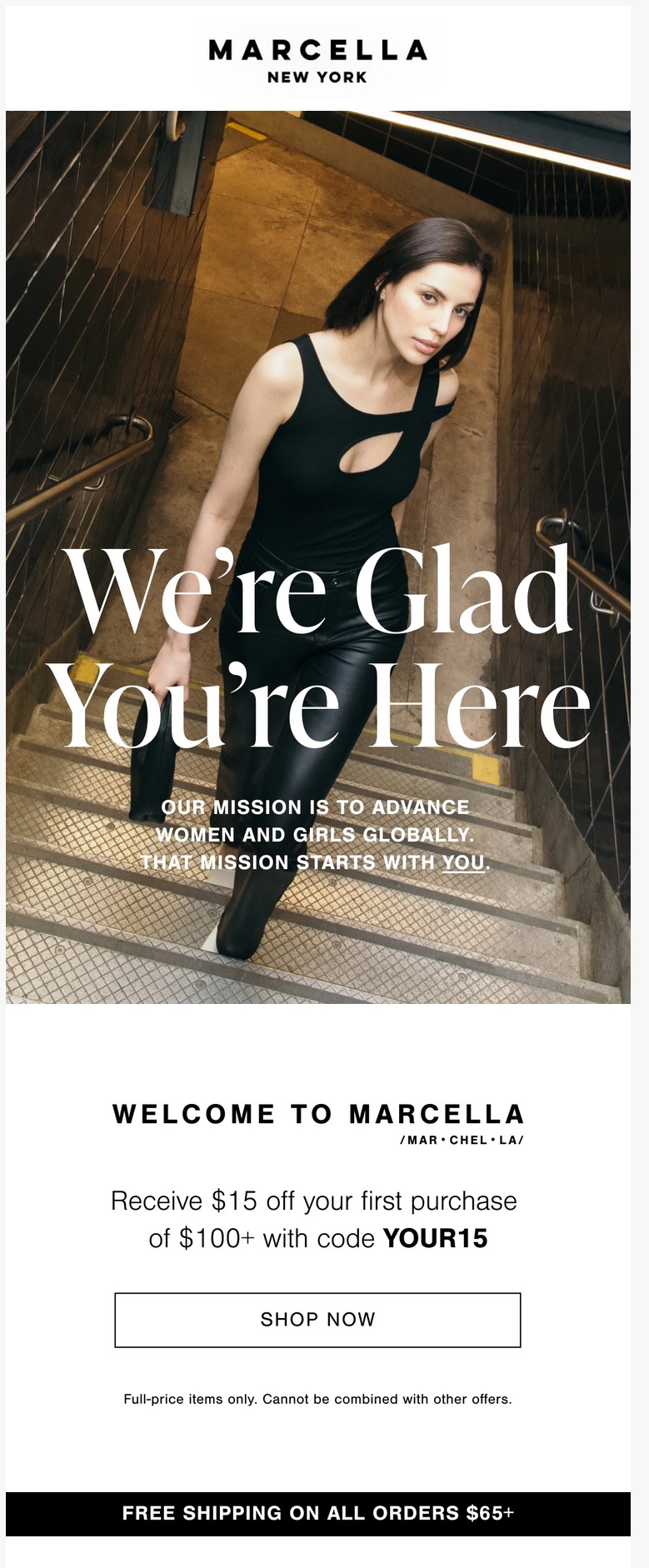
Marcella NYC has one of the best welcome emails that capitalizes on email branding.
The brand embraces minimalism in its website design, which is also reflected in this branded email.
The email design is simple and uncluttered. Branding elements, such as the font, remain consistent to enhance brand identity and recognition.
3. Easy Spirit’s browse abandonment email

Easy Spirit has capitalized on its brand’s vibrant colors to make its branded emails instantly recognizable.
The logo is also hard to miss as it’s centered at the top of the email. It’s large but, crucially, not so large that it dominates the email.
4. Humble-Bundle’s email newsletter
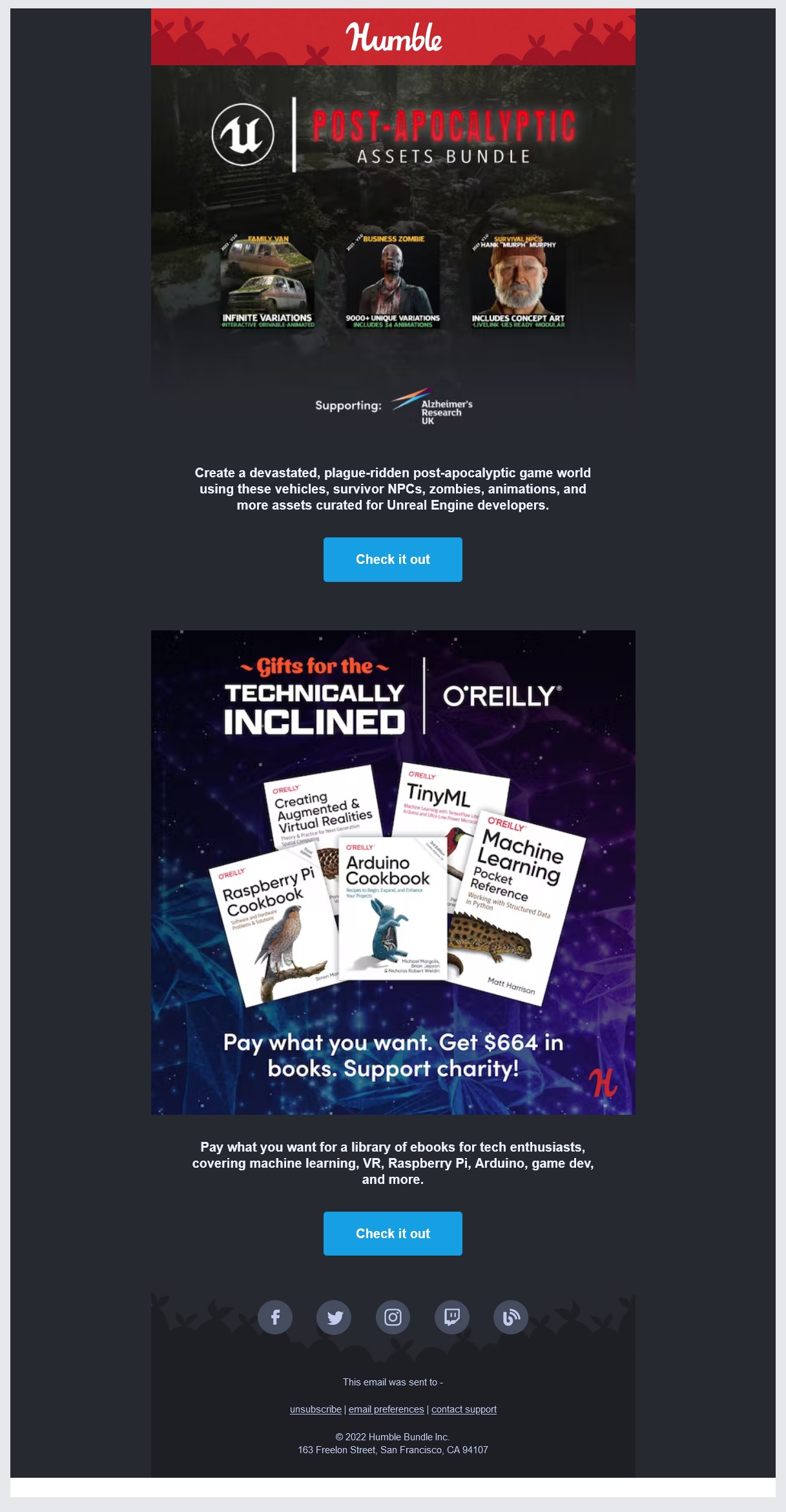
What we love about this email is that the design matches its theme, which is a post-apocalyptic assets bundle.
It maintains the brand’s assets, such as its red and gray color scheme, and the white logo is clearly visible against the red background.
5. Simon & Schuster’s thank you email
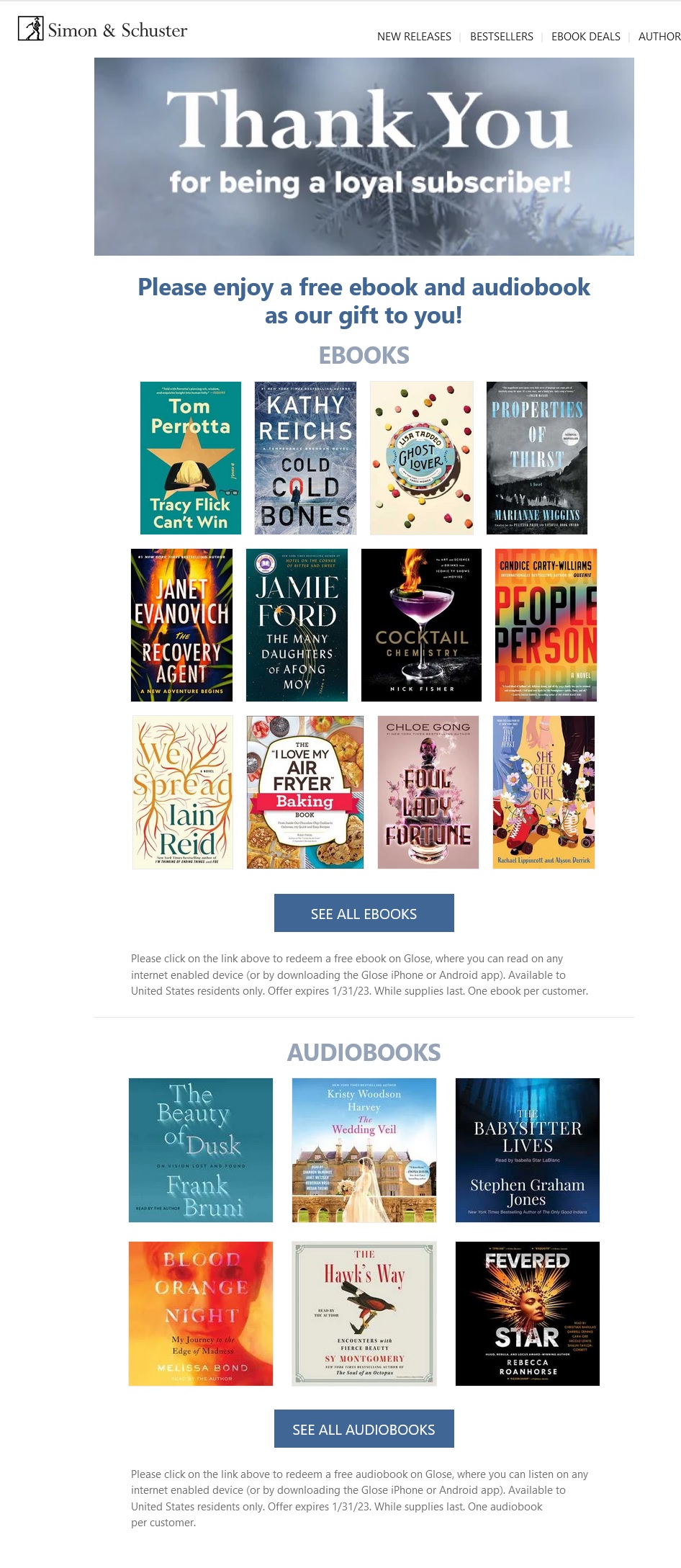
This is a simple thank you email that uses the same font on Simon & Schuster’s website.
Recipients associate the font with the brand, making it easily recognizable.
The best practices for email branding
Here are some email marketing best practices that’ll help you unlock the power of impactful email branding.
1. Personalize your branded emails
To succeed with email branding, it’s important to personalize your communications. This allows you to deliver content that’s relevant to each recipient’s needs and preferences.
Use an email marketing tool that offers:
- Powerful segmentation
- Capability to add dynamic content to your branded email campaigns
- Personalized product recommendations
2. Create mobile-responsive emails
Mobile-responsiveness should be a priority whether you’re using email branding templates or designing from scratch.
Make sure your branded emails are accessible across various screen sizes. This ensures a positive user experience that makes recipients more likely to interact with your emails.
3. Maintain brand consistency across your marketing channels
Finally, don’t just maintain brand consistency in your emails. Apply it in your SMS marketing, social media marketing, ads, and all other marketing platforms.
When customers have a consistent experience with your brand across different touchpoints, it creates a more cohesive and memorable impression.
Visually appealing branded email designs are effective in capturing audience attention. However, they don’t guarantee email marketing success on their own.
Track the performance of your email branding campaigns, such as email deliverability and email marketing metrics like conversion rate and open rate. Continuously make adjustments to improve the effectiveness of your emails.
Conclusion
Email branding is a powerful way to build trust in your brand, increase email engagement, generate leads, and increase revenue.
Use mobile-responsive brand email templates to not only maintain consistency in your email designs but also to ensure accessibility across devices.
Don’t forget to incorporate other email marketing best practices, such as personalization and monitoring your email metrics.
Keep in mind that email branding is an ongoing process that should be intertwined with your marketing campaigns.
Ready to incorporate advanced strategies in email branding? Implement a highly effective email branding strategy that will create a lasting impression on your audience, increase conversions, and boost loyalty.
Source from Omnisend
Disclaimer: The information set forth above is provided by omnisend.com independently of Alibaba.com. Alibaba.com makes no representation and warranties as to the quality and reliability of the seller and products.
